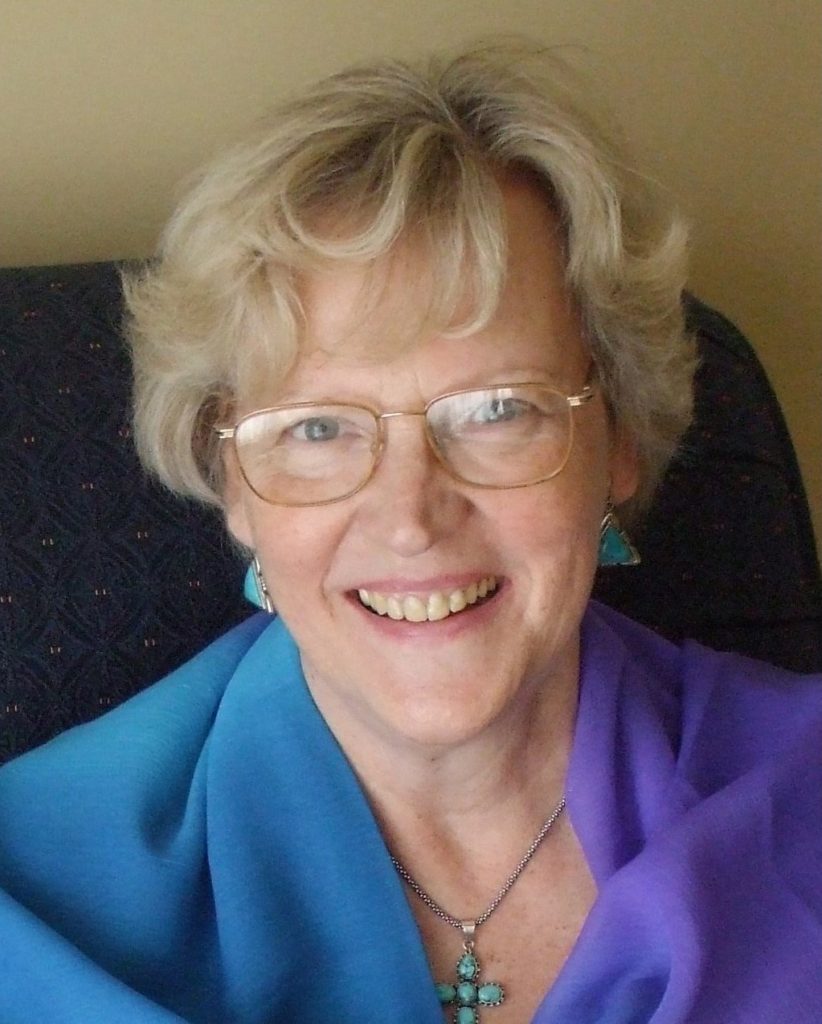The Interfaith element, respecting the Truth in all religions, which very much forms part of the ethos of the World Community of Christian Meditation, has also been an important element in the Christian tradition right from the beginning.
In Jesus’ time Alexandria in Egypt was already an important cultural centre. As I mention in the introduction to the third chapter on Clement of Alexandria in ‘Journey to the Heart’: “It had been founded by Alexander the Great a few centuries before, a vibrant and cosmopolitan town with a Pagan Academy to rival Athens, a wondrous library containing all the wisdom of mankind up to that stage and the first important Catechetical School.” According to Bishop Kallistos Ware, “Alexandria was, at that time, the chief intellectual centre of the Roman Empire, more alive philosophically, spiritually, than the city of Rome itself.”
One of the contributing factors was that Alexandria was the end point of the Silk Road that ran from China to Alexandria. Along this road travelled not only merchants but also Greek and Jewish philosophers, Buddhist monks and practitioners of other religious traditions. Inevitably they would have been aware each other’s religious practices on the journey, seen the effects of these beliefs on the behaviour and character of the individuals and would no doubt have used the evening time around the camp fires for conversations to get to know and understand each other. These discussions were also taking place in the markets and the academic and philosophical centres of Alexandria, one of which was the ‘Catechetical School’.
The Christian Church was thriving in Alexandria. There had really not been any persecutions in the early centuries, as Alexandria was too important for Rome from trade perspectives. Instead of scattered house churches there were already purpose built places of worship. In this cultured environment the establishment of a proper Catechetical School seemed appropriate. But the teaching of Catechumens – those wanting to be baptized into the Christian faith – was not narrowly restricted to the Christian faith but was carried out against a background of a general Greek education in philosophy and science prevalent at that time, with students from all the main cultures intermingling and in dialogue. Christianity had to be presented in a way the Greek educated world in Alexandria found acceptable. As there were more Jews living in Alexandria than in Jerusalem itself, Philo, a Jewish philosopher and a contemporary of Jesus, had already prepared the ground by dialoguing between Greek and Jewish philosophy.
The result of this dialogue between Jewish, Greek and Christian philosophy is very obvious from the teaching of both early Church Fathers, Clement of Alexandria at the Catechetical School and Origen – his successor there. What is also important from our perspective is that their teaching had personal mystical experiences at their roots. This would later be summed up by Evagrius, the 4th century Desert Father, in this way, ‘He who prays is a theologian and a theologian is one who prays.’
It is important to remember that dialogue is not an invitation to imitation. T.S.Eliot, who often used quotes of other mystics in his poem ‘The Four Quartets’ says in his ‘Reflections on contemporary poetry’,
“We do not imitate, we are changed; and our work is the work of the changed man; we have not borrowed, we have been quickened, and we become the bearers of a tradition.”
Kim Nataraja
*Journey to the Heart – Christian Contemplation through the centuries – Edited by Kim Nataraja Published in 2011 by Canterbury Press in the UK, Orbis in the US and Novalis in Canada







